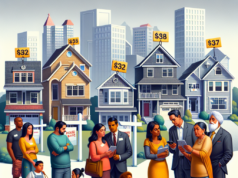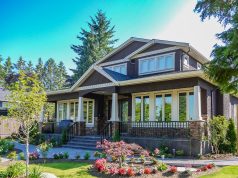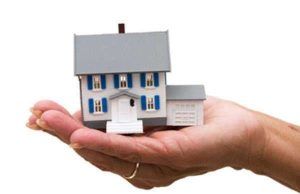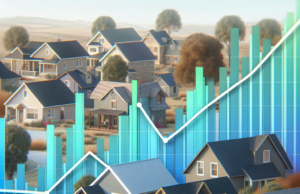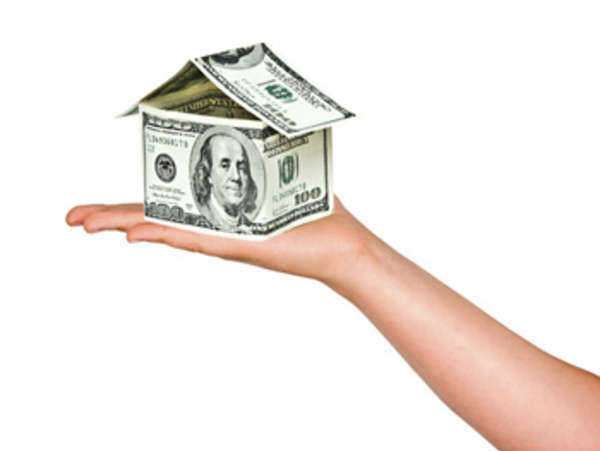
Home Values: Factors Influencing And Understanding Market Trends
Introduction
Home values play a crucial role in the real estate market. Whether you are a homeowner, buyer, seller, or investor, understanding the factors that influence home values and comprehending market trends is essential. In this article, we explore the various aspects of home values and provide insights into understanding these fluctuations.
Location, Location, Location
The Location Factor
Location is often considered the most significant factor influencing home values. A property’s proximity to amenities such as schools, shopping centers, parks, and transportation options can greatly impact its value. A desirable location with good infrastructure and access to essential facilities tends to command higher home values.
Neighborhood Characteristics
The characteristics of a neighborhood can also impact home values. Factors such as cleanliness, safety, walkability, and access to community amenities like recreational areas or cultural attractions can positively influence home values. Conversely, issues like crime rates, noise pollution, or unappealing neighboring properties can negatively affect a home’s value.
Market Conditions
Supply And Demand Dynamics
The relationship between supply and demand greatly influences home values. In areas where housing inventory is limited, and the demand is high, home values tend to increase. On the other hand, when there is an oversupply of homes and a decrease in demand, values can decline.
Economic Factors
Economic indicators, such as interest rates, employment rates, and wage growth, can impact home values as well. Lower interest rates often stimulate demand, driving up home prices. Conversely, higher interest rates may deter buyers, leading to a decline in values. Economic stability and job growth also contribute to increased demand and higher home values.
Home Features And Upgrades
Property Condition And Features
The condition of a home and its features can significantly influence its value. Properties that are well-maintained, updated, and have desirable features, such as modern kitchens, updated bathrooms, and energy-efficient appliances, tend to have higher values. Conversely, properties in need of significant repairs or lacking in desirable features may have lower values.
Home Size And Layout
The size and layout of a home can also impact its value. Larger homes typically command higher prices than smaller ones. Additionally, well-designed floor plans that maximize livability, functionality, and natural light can increase a home’s value.
Comparable Sales
Market Comparisons
Comparable sales, or comps, play a crucial role in determining a home’s value. Appraisers and real estate professionals analyze recently sold properties in the same area with similar characteristics to establish an accurate valuation. Comparable sales provide insight into current market trends and help determine a fair price for a home.
External Factors
External Influences on Home Values
External factors, such as changes in zoning regulations, new development projects, or infrastructure improvements, can impact home values. Zoning changes that allow for increased density or commercial development in a residential area can positively or negatively affect surrounding property values, depending on the market’s response to the change.
Conclusion
Understanding the various factors that influence home values is essential for both buyers and sellers in the real estate market. Factors such as location, market conditions, property features and upgrades, comparable sales, and external influences all contribute to the overall value of a home. By staying informed about market trends and seeking professional advice, individuals can make informed decisions and navigate the ever-changing landscape of home values effectively.
Understanding The Factors In Home Values
Home values are often sought out by using certain standard methods that help determine the price of a fixed asset. A median home price is most often used to compare the real estate price within different markets, periods, or areas. This amount is the midpoint of all home values in a specific area over a given time. A median price is often a strong indicator home values and their trend in the market.
There are many different factors that help determine home values.
• Structure of the home
• Area of the home in square feet
• Number of bedrooms and bathrooms
• Curb appeal and appearance
• Safe, quiet, clean neighborhood
• Good public school system
• Good police and fire protection
• Decent location (close to recreational, restaurants, and shopping areas)
• Public transportation access
• Good maintained structures such as roads and parks
• Cultural institutions such as a library
Other factors that are less predictable but still affect home values include:
• Surrounding environment, such as noise or air pollution
• Economic instability like high unemployment, high interest rates, or difficult home lending guidelines
• Neighbors that do not care for their property which lowers the market value of the neighborhood
The economy also plays a large role in local real estate. If there is greater demand, home values increase, and vice versa. When there is a strong demand, this often results in growth and many new houses are often created in order to accommodate for it.
An area that is struggling economically is likely to have lower values as well. For example, if a home goes into foreclosure, the bank will later resell the home at a lower value which lowers the home value. This results in the average sales price of the area’s homes going down.
It is often most ideal for an area’s homes to show conformity by having simile styles or types which most often results in higher home values and a maximum value in the market. Having a home that does not conform can result in its true home value not being recognized. Furthermore, a lack of conformity between homes tends to lower the home values of other homes that are in close proximity.
While home values can benefit from high competition, home values can potentially fall from this as well. If there is a strong demand for new real estate, this increases competition, raising profits. When this results in more development and building, it has the potential to create an oversupply, which will collapse the market if there are not enough buyers.
In 2000, adjusted home values were measured to have increased to nearly four times as much since 1940. The value for single family home was originally about $30,600 but 60 years later had grown to $119,600.
In this period of time the lowest median values were found in southern states such as Mississippi and Oklahoma as well as a few Midwestern states like Arizona and New Mexico. Meanwhile, western state values have increased significantly and are now constantly above the beyond the national average.


